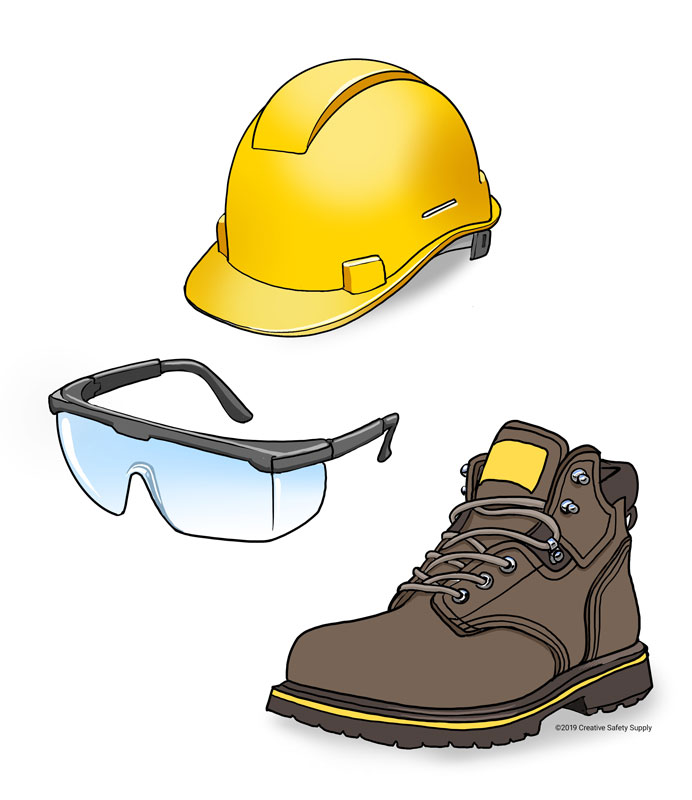
Although PPE is considered the last line of defense, it is essential to understand OSHA’s requirements to not only stay compliant but keep your workers safe when elimination, substitution, engineering controls, and administrative controls do not entirely eradicate the hazard. Under OSHA law, employers are required to provide the properly fitting PPE that corresponds with the level of hazard present, at no charge to the worker.

OSHA requires personal protection equipment to meet the general following standards developed from ANSI:
- Eye and face protection – ANSI Z87.1
- Head protection – ANSI Z89.1
- Foot protection – ANSI Z41.1
- Other PPE standards required by OSHA include ventilators, respiratory protection, electrical protective equipment, and personal fall protective equipment.
Employers are obligated to conduct a hazard assessment of their facility and identify the hazards workers will need to be protected from in case of accident or emergency. The employer will then select and purchase the necessary PPE and ensure they properly fit the employee; PPE that doesn’t fit properly discourages workers from wearing it and puts them in danger of injury. OSHA also requires comprehensive training to workers, so they understand when and where to don PPE, how to correctly wear it, the limitations of the PPE and how to maintain or dispose of the personal equipment. Employers are also responsible for having an area to store the PPE correctly and periodically review the equipment and repair if necessary.
Employees on the other hand, also have their own obligations. OSHA requires workers to wear PPE when requested and to wear it properly. In addition, employees must attend training sessions for PPE, care for and clean their own PPE, and inform a supervisor or manager if they are in need of a repair or replacement for PPE.
OSHA’s specific requirements for PPE in general industries can be found under section 1910.132 and OSHA’s standards for construction PPE can be found under section 1926.26. OSHA also has specific standards for marine terminals and shipyard employment.
